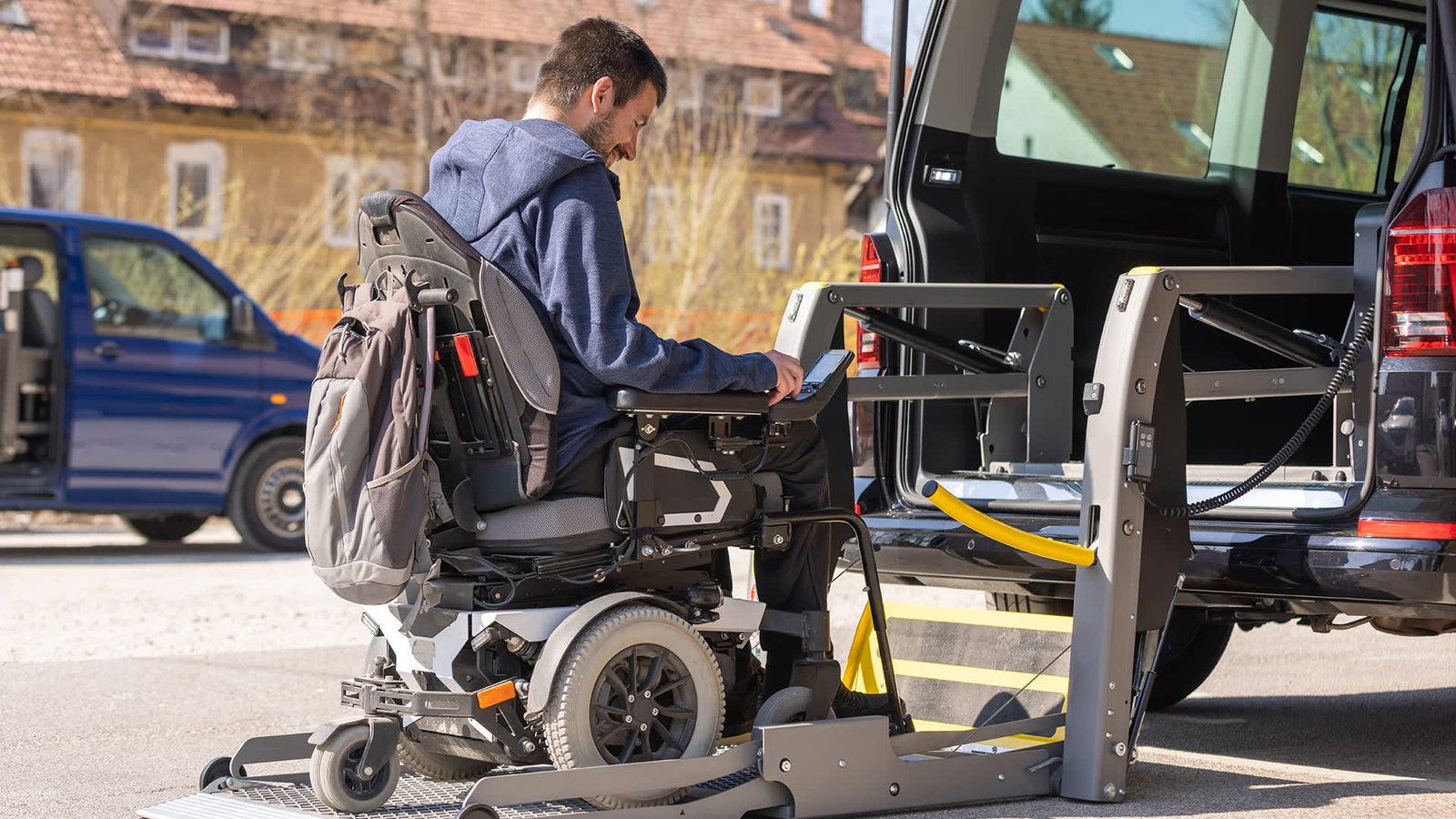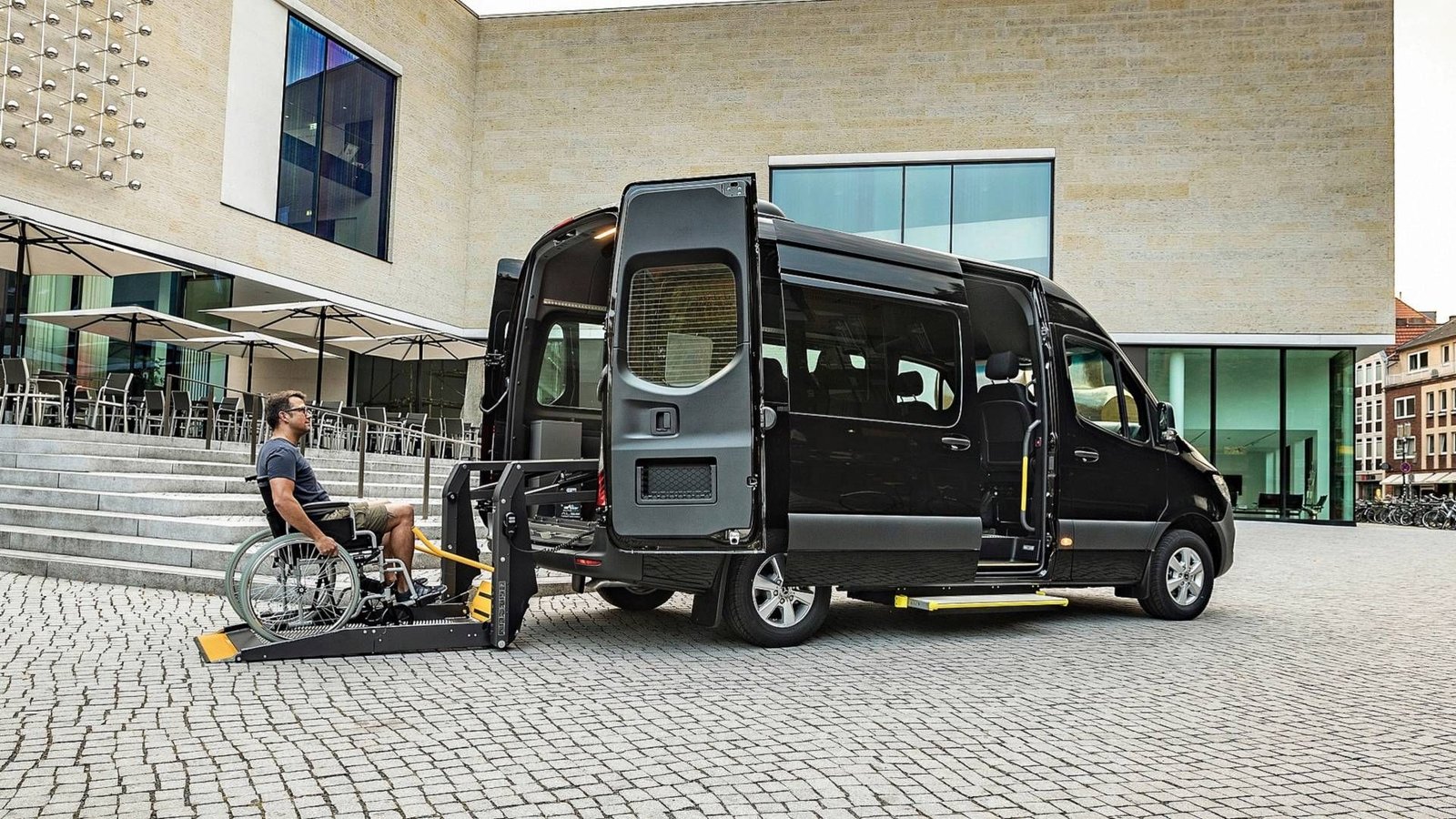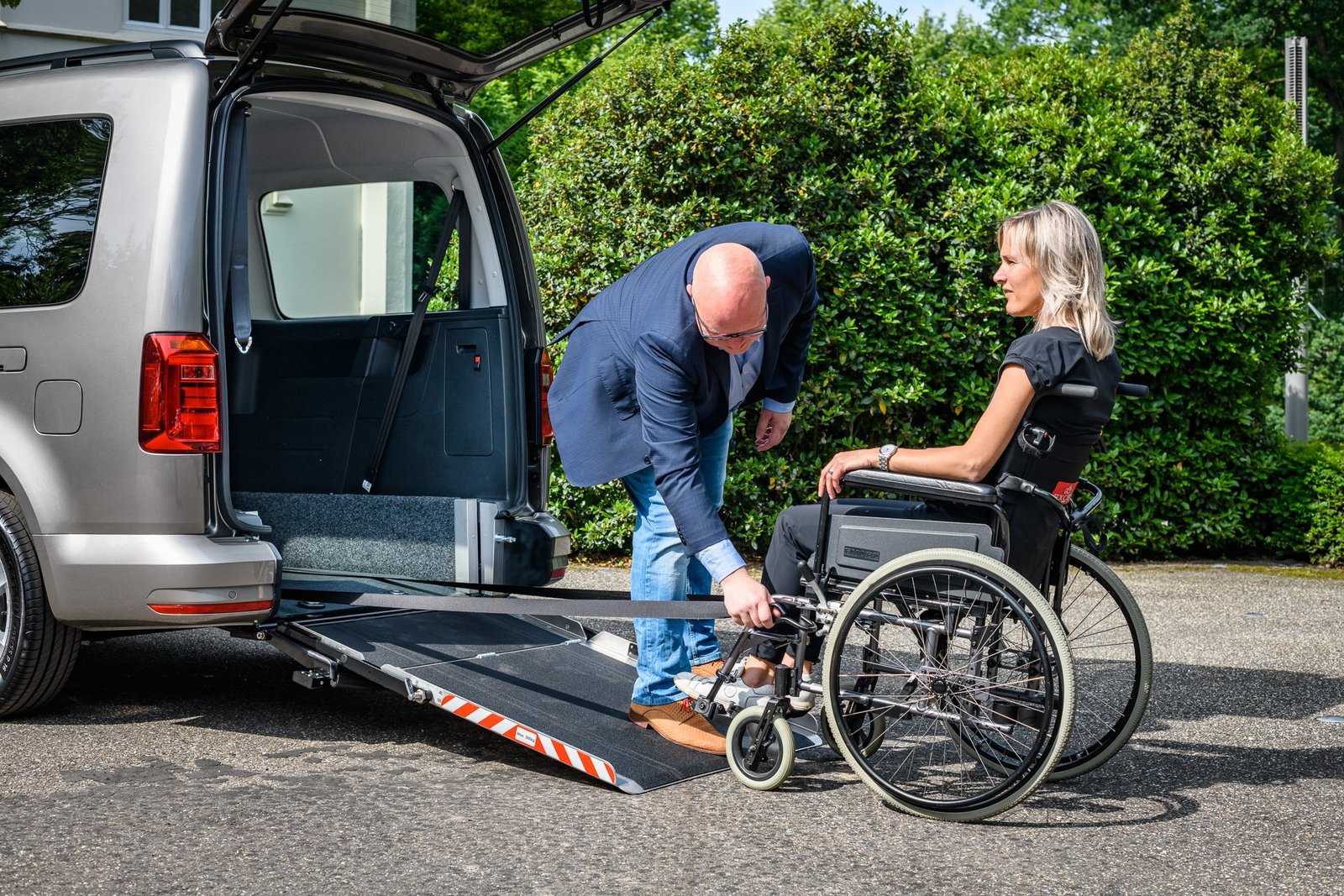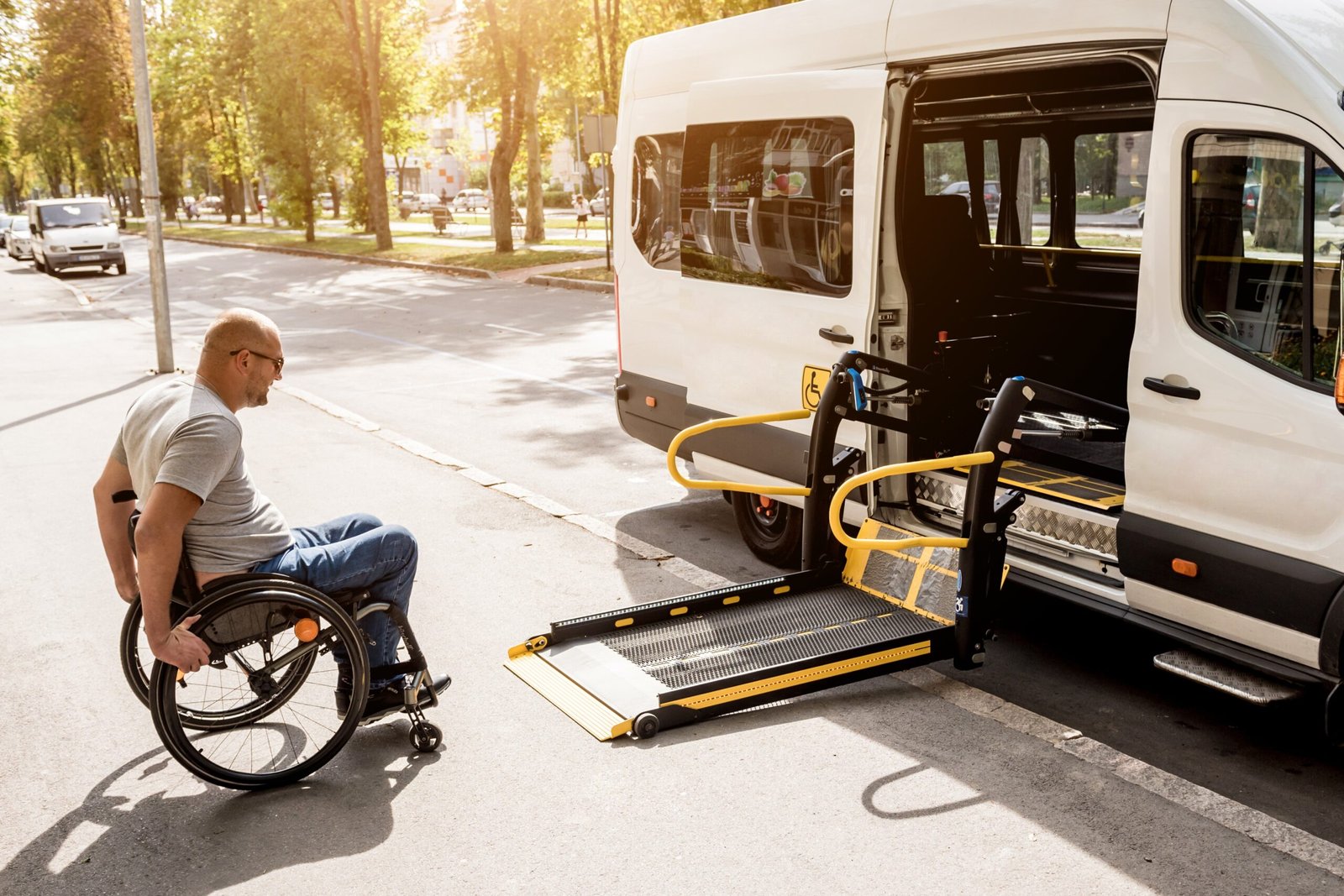Living in Melbourne means navigating everything from trams, steep footpaths, busy CBD traffic to suburban sprawls. For many wheelchair users, mobility isn’t just about getting from A to B—it’s about independence, dignity, and being part of the community. At Wheelchair Taxis Melbourne, we understand that well. We’ve built a service around reliability, safety, and accessibility to help ensure that mobility challenges don’t limit people’s lives.
In recent years, smart technologies have begun transforming what’s possible for wheelchair users. From smart wheelchairs to apps and intelligent transport systems—these innovations are making life easier, safer, and more inclusive. Here’s how.
What We Do at Wheelchair Taxis Melbourne
Before looking ahead, let’s ground in what your service offers. Based in Melbourne, your company provides:
- 24/7 wheelchair-accessible taxi service, with vehicles equipped with proper restraints and ramps for safe entry and seating.
- Trained drivers who know how to assist wheelchair users, ensuring not just transport but supportive care.
- Availability for all kinds of trips—medical appointments, airport transfers, social outings—and tailored to Melbourne’s geography and accessibility infrastructure.
These are strengths that smart tech can build on—and some competitors are already integrating innovations that raise expectations.
What The Competition Looks Like
Melbourne has several wheelchair-accessible taxi and transport services. Some differentiating factors:
- Availability & response time: Competitors may not always guarantee 24/7 service or rapid response in outer suburbs.
- Vehicle features & driver training: Some services provide ramp-equipped cars but may vary in restraint quality, vehicle maintenance, or driver assistance training.
- Booking ease: Online bookings, phone apps, or integration with broader mobility platforms differ. Ease of booking and transparency in pricing tend to be key decision points for users.
- Inclusivity & customer feedback: How services handle additional needs (service animals, companions) and respond to feedback shapes their reputation.
These comparisons show opportunities for you to lead by integrating smart technology in ways that improve reliability, user experience, and trust.
How Smart Technology Is Helping Wheelchair Users
Here are current and emerging tech trends making big differences—both in personal mobility, and in transport services like yours.
| Technology | What It Is | How It Helps Wheelchair Users | Relevance to Melbourne / Transport Services |
|---|---|---|---|
| Smart Wheelchairs / Power-assist Add-ons | Wheelchairs with sensors, motor-assist, adaptive controls (voice, joystick, sip-and-puff, etc.) | Easier manoeuvring, especially on inclines/uneven terrain; less fatigue; more independence | Many suburbs in Melbourne have hills or uneven footpaths. Power-assist can reduce physical burden and increase range. Transport services could partner with these tech providers or support customers using these chairs. |
| Obstacle Detection & Navigation Aids | LIDAR, ultrasonic sensors, cameras; smart mapping to avoid obstacles / plan safe routes. | Helps avoid hazards (kerbs, drop-offs, obstacles), safer travel especially in poor visibility, busy areas | Could be integrated into transit hubs, taxis: e.g. vehicles or drivers using apps/map data to avoid problematic pick-up zones, or even shared mapping data for wheelchair users. |
| Health/Comfort Monitoring | Smart cushions measuring pressure, sensors tracking posture, heart rate, reminders to shift weight, etc. | Prevents pressure sores, improves comfort over long journeys; early warnings of discomfort; more dignity | In longer taxi rides (airport, outer suburbs) these systems help. Could be tools for customer support or fleet design (choice of seats, ride time estimates). |
| Assistive Interfaces (Voice control, app-based control, brain-computer interfaces) | Using voice or other non-manual inputs to control chair movement or interact with devices. Brain-computer interfaces still emerging. | Helps those with limited hand movement; increases independence; more accessible interface options | In Melbourne’s dense urban areas or public venues, having interfaces compatible with public infrastructure (e.g. voice access) is helpful. Also in the taxi/travel context: apps that allow specifying access needs, etc. |
| Smart Mobility Services & Apps | Real-time tracking, booking, GPS routing optimized for accessibility, shared data on accessible paths/stops. | Reduces uncertainty, waiting, helps wheelchair users plan trips with confidence (knowing which paths, entrances are accessible) | For your service: better booking tools, tracking, giving passengers a heads-up on arrival, etc. Also partnering with city infrastructure/apps (Melbourne’s tram-bus network). |
How Smart Tech Can Enhance Wheelchair Taxis Melbourne
Given what you already do well, here are specific ways you can integrate technology to raise the bar — both service-wise and in community trust.
- Accessibility-aware Booking App or Web Interface
Allow wheelchair users to specify not just “wheelchair accessible”, but additional needs: e.g. type of ramp, space required, companions, service animal. Show ETA, track vehicle arrival. Improve transparency. - Vehicle Telematics & Onboard Sensors
Equip your fleet with sensors/cameras/IoT devices that help monitor ride comfort (e.g. vibrations, abrupt stops), detect entry/exit challenges and feed into continuous improvement. - Smart Scheduling & GPS Routing
Use mapping data to avoid routes with problematic footpaths, curbs, or construction. Prioritize picks in more accessible spots; ensure driver knows best pick-up location in complex buildings. - Driver Training Enhanced by Tech Simulations
Virtual reality or simulation tools to help drivers learn various pick-up/drop-off scenarios: how uneven ground affects safety, how to work with power-assist wheelchairs, etc. - Partnerships with Smart Wheelchair / Assistive Tech Manufacturers
Perhaps special concessions, or compatibility programs so that wheelchair users whose chairs have sensors or certain technology can interface with your service better (e.g. power-assist chairs that need more secure tie-downs, or chairs that can give warnings if not properly restrained). - Customer Feedback Loops via Tech
After each ride, allow feedback on how accessible/painless the ride was (ramp, entering/exiting, vehicle condition). Use analytics to identify recurring issues by suburb/time/vehicle. - Integrating Health & Comfort Features Into Rides
For longer trips (airport, outer suburbs), having cushions that reduce pressure, possibly partnerships to offer wearable posture sensors or small features that improve comfort could differentiate your service.
Real-World Examples & Emerging Innovations
To show what’s possible, here are some real or near-coming innovations globally:
- Phoenix Instinct: a smart manual wheelchair using AI and sensors to adjust centre of gravity, improving safety on uneven terrain.
- Smart cushions like the Kalogon Orbiter, which monitor pressure and redistribute weight to reduce injuries.
- Obstacle-detection systems being built into chairs or add-ons that alert users to dangerous drop-offs or sharp inclines.
- Shared autonomy systems, such as those being researched that combine user control with automatic assistance (e.g. navigation help, route planning) for indoor/outdoor movement.
While not all these will be immediately available in Melbourne (due to cost, regulation, supply), they indicate the direction of development.
What This Means for Wheelchair Users in Melbourne
- Greater Independence & Confidence: Smart tech reduces reliance on carers and helps people move more freely.
- Reduced Anxiety Around Travel: With better booking tools, predictable boarding and drop-off, reliable drivers, people feel safer leaving home.
- More Inclusive Public Spaces: As apps and mapping reveal more about accessible paths & obstacles, municipal planning and businesses will have more data to improve curb cuts, entrances.
- Potential Cost Savings Over Time: Though upfront, some tech is expensive, but reducing injuries, wait times, inefficiencies saves money (for service providers and users).
Challenges & What Needs to Be Done
Of course, there are barriers:
- Cost & Accessibility of High-End Tech: Smart wheelchairs and sensors can be expensive; not all funding schemes (like NDIS) cover all the newest innovations.
- Regulation & Safety: Ensuring all equipment (chairs, tie-downs, ramps) meet safety standards. Licensing and insurance for things like new control interfaces.
- Infrastructure Gaps: Even the best tech struggles if footpaths are broken, ramps are missing, or pick-up areas are not accessible. Melbourne has many well-maintained areas but also streets and suburbs with accessibility issues.
- Awareness & Acceptability: Users, carers and service providers need to know about new tech; be trained; trust it.
How Wheelchair Taxis Melbourne is/Can Stay Ahead
To remain Melbourne’s best in wheelchair accessible transport, here are steps you can (or already do) take, and how you might expand:
- Continue investing in driver training and ensuring your vehicles have the best equipment (ramps, restraints) so that they work well with newer tech.
- Develop or adopt a specialised app / booking platform with accessibility features.
- Collect data from users: ride times, comfort, vehicle performance — use this to drive improvements.
- Explore grants or partnerships (government, nonprofit, health sector) to provide subsidies or programs for smart tech for customers.
- Advocate locally: working with Melbourne city councils or state government to improve infrastructure, for data sharing (on accessible routes), and inclusion in smart city plans.
Conclusion
Smart technology is no longer a far-off dream—it’s transforming mobility for wheelchair users globally, and many of its benefits are highly relevant right here in Melbourne. For folks who rely on accessible transport, these innovations promise more comfort, more independence, more joy in everyday movement.
At Wheelchair Taxis Melbourne, we believe our mission isn’t just about getting people from one place to another—it’s about making every trip better than the last: safer, smoother, more dignified.
If you’re a wheelchair user in Melbourne, or care for someone who is, we want to hear from you. What tech would make your ride easier? What small improvements matter to you the most? Drop a comment below or reach out—let’s shape the future of accessible transport together.




